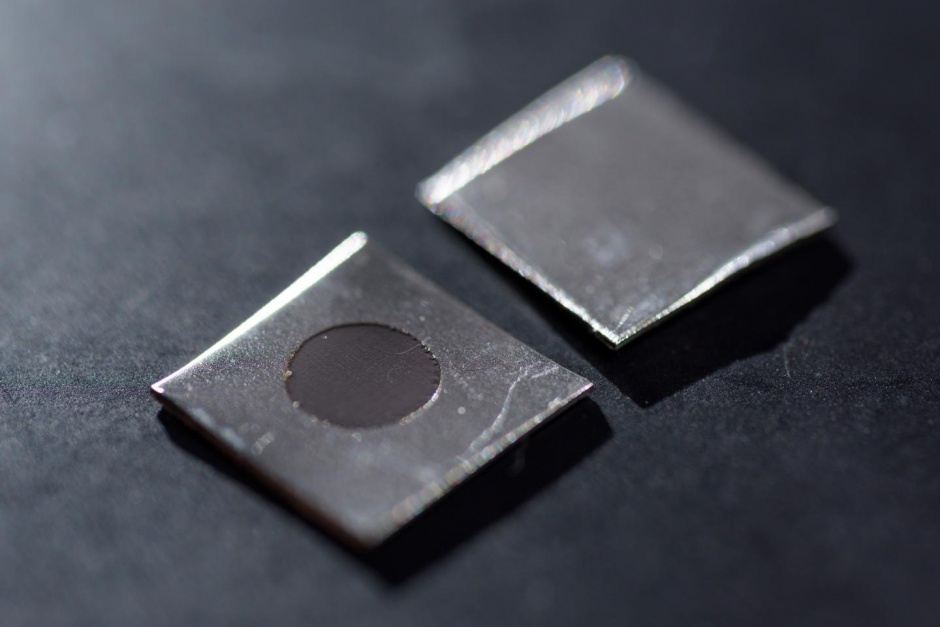
The initial goal of the research - which is reported in the journal ACS Biomaterials Science & Engineering - was to create a super-hydrophobic surface on stainless steel, but it soon became clear that creating such a surface would require the use of a chemical coating, which the researchers didn't want to do. The group decided to explore the use of a nanotextured surface on stainless steel to control bacterial adhesion.
The team experimented with varying levels of voltage and current flow in a standard electrochemical process which they used to roughen the surface of the steel at the nanometre scale.
During laboratory tests the group found that the surface modification killed Gram negative and Gram positive bacteria, testing it on Escherichia coli and Staphylococcus aureus. Closer examination of the material showed protrusions 20 to 25 nanometres above the surface, and while the specific mechanism by which the material kills bacteria requires further study, the researchers believe tiny spikes and other nano-protrusions created on the surface puncture bacterial membranes to kill the bugs. Because the process appears to rely on a biophysical rather than chemical process, it’s thought that bacteria won’t be able to develop a resistance to it.
Intriguingly, the surface structures don't appear to have a similar effect on mammalian cells, which are an order of magnitude larger than the bacteria. This suggests that the process could offer a solution to microbial contamination on implantable medical devices and on food processing equipment.
As well as its the anti-bacterial effects, the nano-texturing also appears to improve corrosion resistance.
"This surface treatment has potentially broad-ranging implications because stainless steel is so widely used and so many of the applications could benefit," said Julie Champion, an associate professor in Georgia Tech's School of Chemical and Biomolecular Engineering. "A lot of the antimicrobial approaches currently being used add some sort of surface film, which can wear off. Because we are actually modifying the steel itself, that should be a permanent change to the material."




April 1886: the Brunkebergs tunnel
First ever example of a ground source heat pump?